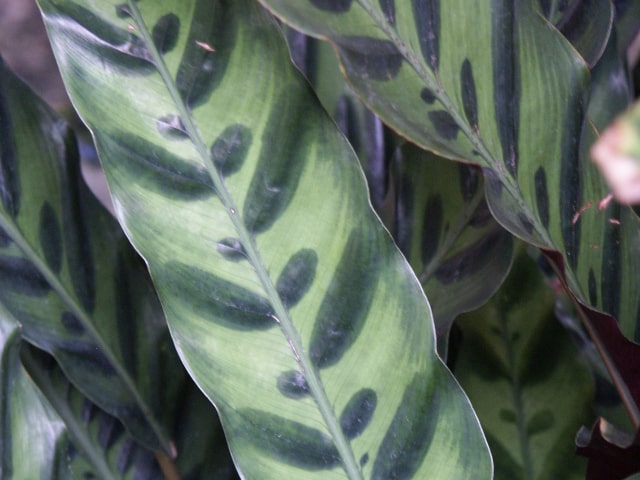
Rattlesnake is a popular houseplant that many people choose to grow in their homes. It is a great addition to any room, so it’s not surprising that it’s a tremendously popular house plant. These plants can be grown both indoors and outdoors. They are quick growers, so they can be propagated relatively often. You can do it in the container and then plant your Rattlesnake plant in the garden later. Just make sure not to grow your plants in direct sunlight, because this might make the plant lose its green spots.
The fact that so many people like Rattlesnake plant means that there is also a lot of interest in propagating these plants. Propagation is the best and easiest way to get more plants out of a single Rattlesnake plant. In order to do this properly, you need to know the best method for Rattlesnake plant propagation and how to do it properly.
What is the Most Efficient Method of Rattlesnake Plant Propagation?
Many house plants can be propagated using numerous methods of propagation. However, not all of these are equally effective and successful. Keep in mind that some of these approaches will be easier to do than the others, and some will also not be successful. It is therefore an imperative to choose a method that has the least risks and that has the best chances of success.
When it comes to Rattlesnake plant propagation, by far the best method to use is division. This is a relatively quick and easy way to propagate your plants, and it is generally successful for Rattlesnake propagation. The good news is that you don’t even have to be an experienced gardener to perform Rattlesnake propagation correctly.
Another method of propagation that also offers success is propagation through cuttings, but this is a bit more complex so you need a bit more skill. However, it is also a good method for Rattlesnake plant propagation.
Rattlesnake Plant Propagation Using Division
Propagating your Rattlesnake plant using division is not difficult at all, so even beginners can use this method. It involves simply dividing the mother plant into several new plants. All you need to make sure is that each of the segments, which will make new plants, has a bit of the main root system. Make sure that each segment receives a good bit of the roots, because this is the only way for new plants to establish and grow.
To divide your Rattlesnake plant, you will need to follow these steps:
- Fill the contained with a well-draining potting mix to about two thirds of the container. After this, water the soil to help it settle.
- Carefully, divide the mother plant into several divisions. As noted above, make sure that each division has a good portion of the base roots.
- Place divisions into the container and make sure to space them out a bit. Divisions should be planted about one and a half inches deep into the soil. Alternatively, you can also place each division into an individual container.
- Once divisions are planted, place some soil on top and water. After this, cover the division and the container with a plastic bag. This will help preserve moisture.
- Place the container on a spot that receives a lot of bright yet indirect light.
- You should see the division growing in about 2 to 3 weeks. This is when you can remove the plastic bag and let the new plant slowly get used to household conditions.
Rattlesnake Plant Propagation Using Cuttings
Another method you can use for Rattlesnake plant propagation is cuttings. This is a bit more complicated, but most people can perform it without much trouble. Here are the steps to follow if you wish to propagate your Rattlesnake plant with cuttings:
- Use a sterile and sharp knife or scissors to make the cuttings. You should cut so you have the top with at least two leaves. When it comes to shoots, cut them directly at the base.
- Take a container and fill it with potting mix.
- Carefully, place the cuttings in the soil. Water and cover with a plastic bag. Make sure to air every day for 15 o 20 minutes. Place a container with cuttings on a bright spot.
- Your new plants should be rooted in about few weeks. This is when you can take the cuttings and replant them into new containers.
Photo credit: Scott Zona
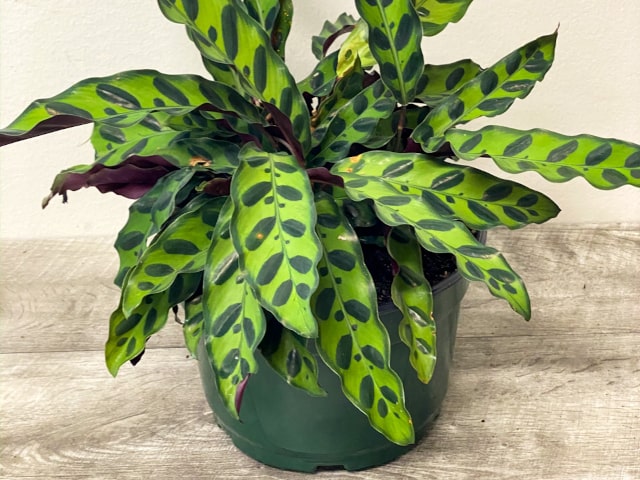
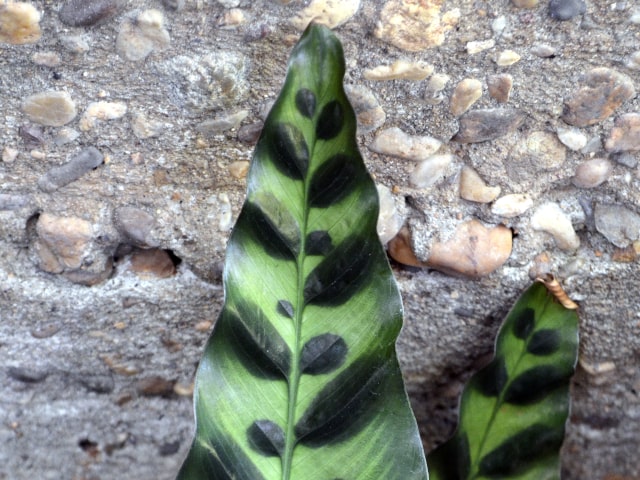
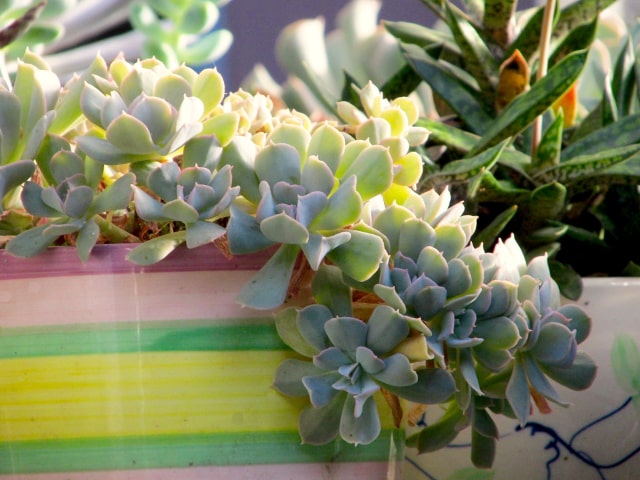
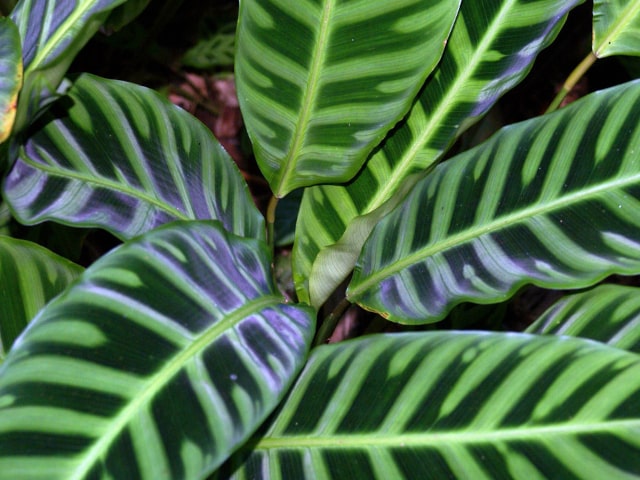
0 Comments